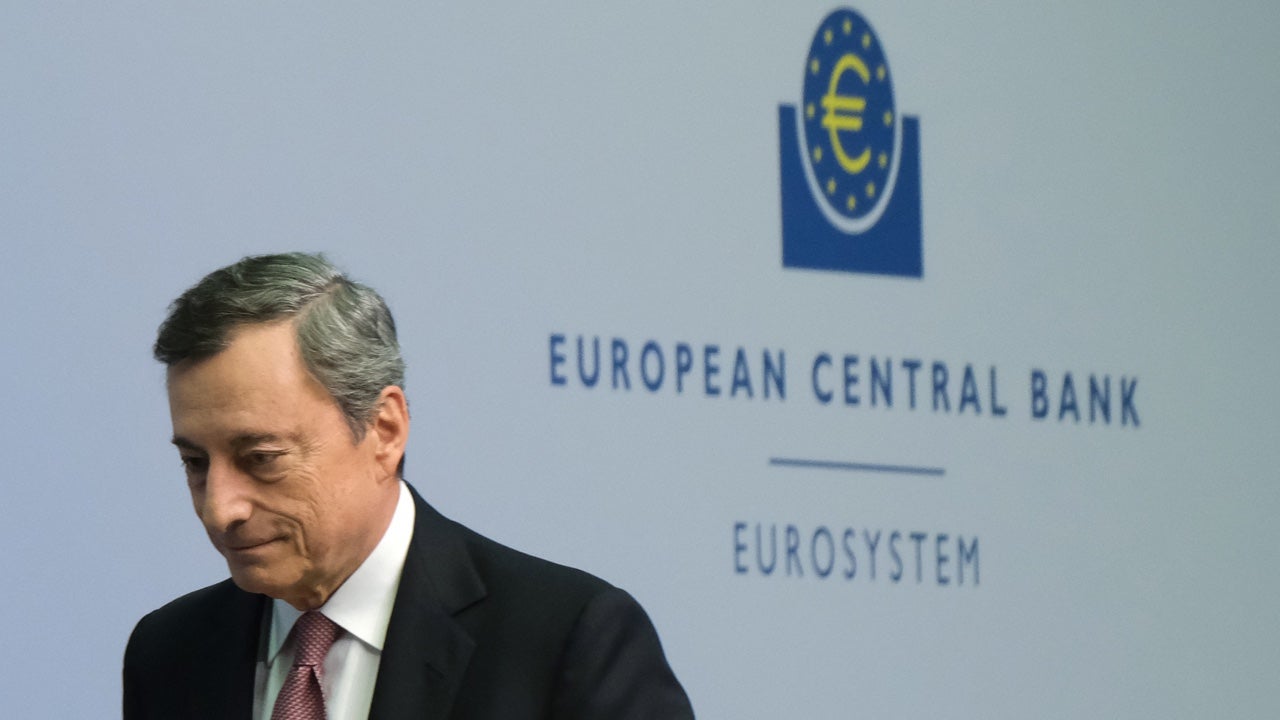
Economy US business cycle
Consumer spending continues to rise

The decision by the European Central Bank (ECB) on 12 September - at Mario Draghi’s last meeting as President of the Governing Council - to resume asset purchases of sovereign bonds at a rate of €20 billion per month (from the start of November 2019) and to cut the interest rate on the deposit facility by a further 10 basis points to -0.5%, was not welcomed by the heads of the German, Dutch, French and Austrian central banks.
In my opinion, previous episodes of quantitative easing (QE) by the ECB have been a failure largely because they have been poorly designed.
If they had been designed to acquire securities from non-banks this would have raised the rate of growth of M3 in the eurozone much more quickly and to a faster growth rate.
This in turn would have increased spending growth across the eurozone and there would have been no need to resume QE purchases.
Instead, the ECB has decided to resume the same policy with the same failed methodology - buying securities from banks - which in my view will absorb substantial amounts of sovereign debt, essentially in an asset swap with the banks, without creating new deposits in the hands of firms and households, but only on the books of the ECB itself.
Therefore, M3 money growth will likely continue to be too low and the eurozone is likely to remain in its self-induced weak growth environment, low inflation, and negative interest rate trap.

